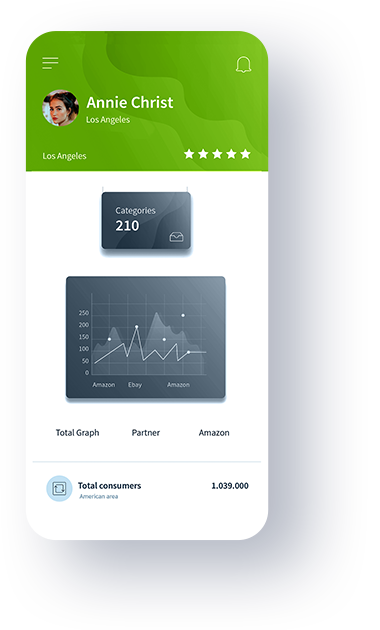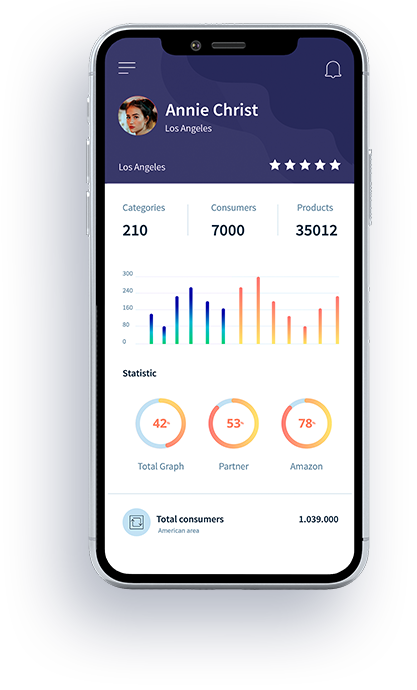
What is Curated Content? Benefits and Best Practices
Content curation has gained immense importance in an effective digital marketing strategy. Most people are



We help brands climb Search Engine Ranking & Achieve Digital Brand Supremacy

Choosing WebTech Solutions means partnering with a team of experts dedicated to driving digital success for your business. With 12+ years of experience across various industries, we use advanced strategies in SEO, social media marketing, PPC, and content creation to deliver measurable results. Our personalized approach ensures that every campaign is tailored to unique needs of clients, maximizing their ROIs.



WebTech Solution top priority is to provide high end results to clients for what they pay. We have specialists from all digital areas to support and boost your business in all aspects.





Get a complete SEO report that highlights actionable insights and strategies to improve your SITE performance in search engine ranking and attract more visitors!
Digital Marketing Tips, SEO Guide, Blogging tips and Tech related articles written by our experts at Web Tech Solution to enhance your Knowledge.

Content curation has gained immense importance in an effective digital marketing strategy. Most people are

Crafting meaningful customer experiences in call center is about discovering the perfect balance between cutting-edge
Have you ever thought about how weird the search section on Internet browsers will be

EXCELLENTTrustindex verifies that the original source of the review is Google. We always receive timely updates, prompt answers to any questions. The Webtech Solution team is knowledgeable in digital marketing services and easy to work with. Highly recommended!!Trustindex verifies that the original source of the review is Google. I'm pleased to work with this professional company. Good knowledge of seoTrustindex verifies that the original source of the review is Google. Very Good 😊 Very Good staff Love the way they communicate recommend 🥰Trustindex verifies that the original source of the review is Google. Webtech solution is a Excellent web for Social media advertising,they are very humble and kind to their client,have professional and experienced staff for the services.I recommend webtech for the services. Thanks for such a great services 🙏❤❤👍Trustindex verifies that the original source of the review is Google. Great to be a part of this company! Every team guy is extra talented and committed in providing the best Of their work to the clients. Huge appreciation for everybody who supports and work with us.Trustindex verifies that the original source of the review is Google. Wonderful experience to work with them. SEO knowldge is upto the markTrustindex verifies that the original source of the review is Google. You can promote your business or brand through webtech company at an affordable price....Trustindex verifies that the original source of the review is Google. Good atmosphere for girls in Webtech solution. I am working in Webtech last one year and I learnt many things. It’s a good company where we can develop ourself and learn new many things. The staff & the managers are very supportive..Trustindex verifies that the original source of the review is Google. Good services provide by company. Also very good supportive staff. Their team who deals us from starting is very supporting and always ready to help. Best wishes to company!!
Contact us for fast support.
info@webtechsolution.org

WebTech Solutions is your one-stop destination for professional SEO, Digital Marketing, and Link Building services at competitive prices.
Mon – Sat (09:00 – 05:00)
Sunday – Closed
© 2018-2024. www.webtechsolution.org All Rights are Reserved.